Scotch Gambit: Complete Guide
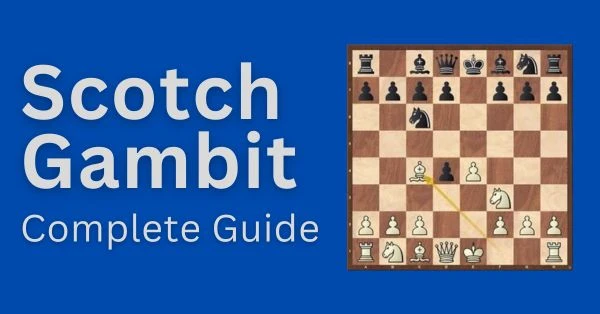
Do you like to attack? Are you an active player who is looking to get into sharp positions right from the start? Or, perhaps, you want to have a good weapon for when you need a win?
Then, the Scotch Gambit might be a good option to have in your repertoire.
As in any gambit, white sacrifices a pawn early in the game with the purpose of getting a development advantage and seizing the initiative.
Introduction to Scotch Gambit
The Scotch Gambit arises after the moves 1.e4 e5 2.Nf3 Nc6 3.d4 exd4 4.Bc4:
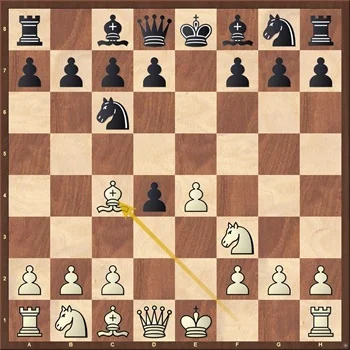
White is striking in the center early on in the game, opening up the position, and follows with the development of the bishop, pointing at the f7 pawn. This is actually an idea to remember, as the f7 point becomes the “star” of many tactics. We will see further in this article that white has plenty of ideas involving a sacrifice for this pawn.
The Scotch Gambit can lead to very sharp lines, helping you develop a finer feeling for the initiative and improve your tactical vision. However, a deeper study of this opening will reveal that tactics are not the only part this opening will help you develop. You will also find strategic ideas, helping you understand better how to deal with certain strategic concepts.
Now let’s take a look at black’s options in this position. Black’s most popular move by far is 4…Nf6, attacking the e4 pawn. The second more popular option is 4…Bc5, a pretty logical move, defending the recently gained pawn and aiming to finish the opening with an extra pawn. The 4th most popular move (and I’m mentioning this move here since this is another move that allows black to keep the extra pawn) is 4…Bb4+. Apart from these moves, Black has two other options that decline the gambit. The third most popular move is 4…Be7, with the other option being 4…d6. These moves are similar and usually transpose to each other.
Two Knights’ Defense
I will now go briefly over each of these moves to show you the types of positions you can get. We will begin with the most popular move, 4…Nf6, which transposes to the Two Knights’ Defense (1.e4 e5 2.Nf3 Nc6 3.Bc4 Nf6 4.d4 exd4):
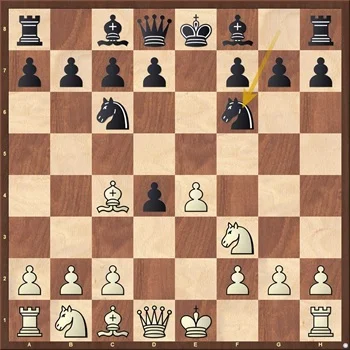
Here, depending on the type of position you want to get or the tournament situation you are in, you can go for one of the two main options – the pawn advance 5.e5 or the pawn sacrifice with 5.0-0. Both lines are good, but they will lead to completely different positions.
After 5.e5, white will regain the d4 pawn, but will have to let go of the light-squared bishop and this can give black some control over some key squares. After 5.0-0, we transpose to the Max Lange Attack, a sharp line where both sides have to know their theory very well. Let’s see how the main line goes: 5.e5 d5! This is black’s best move, otherwise white can get an overwhelming development advantage and control over the center. 6.Bb5 Ne4 7.Nxd4 (threatening to win material after Nxc6) 7…Bd7 8.Bxc6 bxc6 9.0-0 Bc5 10.f3 Ng5 11.f4 (we play first f3, then f4 to gain time) Ne4 12.Be3:
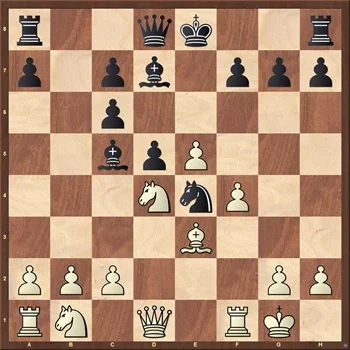
Nc3 or Nd2
When white will follow up with either Nc3 or Nd2, dislodging the strong black knight from the center and will try to advance his e and f pawns, creating damage in black’s kingside. One possible continuation where we see this idea is 12…Bb6 13.Nd2 Nxd2 14.Qxd2 c5 15.Nf3 d4 16.Bf2 Bc6 17.Bh4 Qd7 18. Rad1 0-0 19.f5:
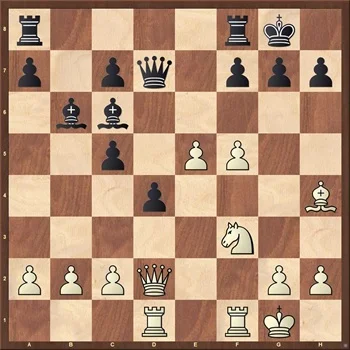
We can already see that white is threatening to advance f6. If black allows this, his position will crumble. 19…Qxf5 is met with 20.Nxd4, getting the pawn back and planning to trade black’s light-squared bishop. White has very good play in this position.
If black decides to defend the central d pawn with 4…Bc5, the main continuation is 5.c3, adding more pressure on the center.
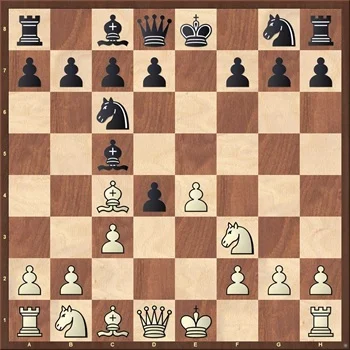
Gioco Piano Variation of the Italian
Black should continue with 5…Nf6, when after 6.cxd4 white gets the pawn back, transposing to a well-known line of the Gioco Piano Variation of the Italian. Black shouldn’t allow white to get all this space. This is why you will see that black’s main plan involves playing …d5 in many positions. We saw this in the previous line and here he should do the same. 6…Bb4+ 7.Bd2 Bxd2 8.Nbxd2 (defending e4) d5. After 9.exd5 Nxd5 10.0-0 0-0 we get a fighting position, where white has an isolated pawn, but good development, control over the center, and active play.
Typical tactical idea involving the f7 square
It’s important to know that being greedy in the opening doesn’t work for black. Capturing another pawn on the 5th move with 5…dxc3, for example, would lead to a clear advantage for white. Can you find the best continuation?
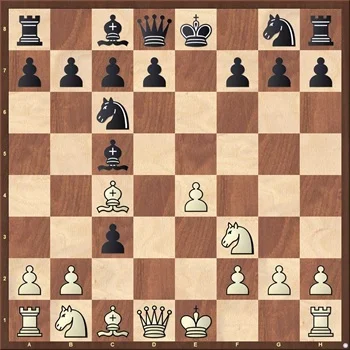
I’ve chosen to add this diagram as a puzzle to highlight the typical tactical idea involving the f7 square. Here, white would continue with 6.Bxf7! when after 6…Kxf7 7.Qd5 white gets back a pawn and keeps the initiative – black is no longer able to castle and white’s pieces are coming out fast.
After 4…Bb4+ white should continue with 5.c3. Now, after 5…dxc3, you have two options:
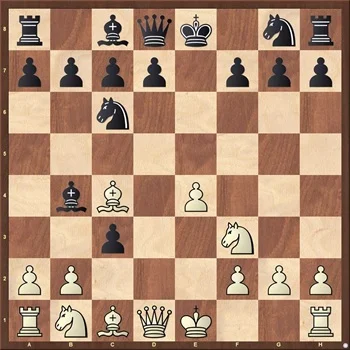
You can either recapture the pawn 6.bxc3 or continue in the gambit spirit with 6.0-0. In both cases, the play will continue to be sharp. You will also try to play for quick development and attack against the black king. But, he will be stuck in the center. Remember that the f7 pawn continues to be a target in many lines.
If Black declines the gambit and goes for 4…d6 or 4…Be7, we will get a small, but steady advantage. White’s pieces are more active and he has a space advantage. The game will continue in the spirit of a Scotch Game… The black’s bishop is unable to develop to the more active c5 square. The moves usually transpose to each other – 4…Be7 5.Nxd4 d6:
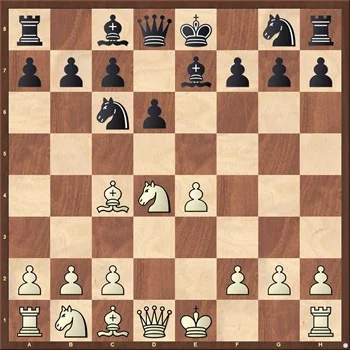
The logical continuation for white would be to castle, develop the knight to c3, h3, Be3, and play on the kingside and center. Possible ideas include f4, Qf3, with pressure in the center and kingside.
Frequently Asked Questions
Is the Scotch Gambit a good opening?
As you have seen from the brief ideas presented above, the Scotch Gambit is a straightforward opening. It is a great option if you are a beginner or you are looking for an active option with white. It allows you to play for the initiative and get a fighting game.
We also saw that there are a lot of tactical ideas that you will slowly become familiar with. Black can equalize with correct play, but even those positions aren’t “dead draws”. They tend to be unbalanced positions, where you can fight for a win.
Which Grandmasters are Known for Playing Scotch Gambit?
If you liked the opening and are looking to expand your knowledge of the middlegame, tactical patterns, and attacking ideas, there are a number of Grandmasters you can follow in this line.
Some who have used this gambit often in their games are Gadir Guseinov, Gawain Jones, Aleksandra Goryachkina, and Rauf Mamedov. However, it has been employed from time to time by players like Carlsen, Nakamura, and Grishchuk as well.
You will find a lot of instructive games that will help you understand better how to play this opening!




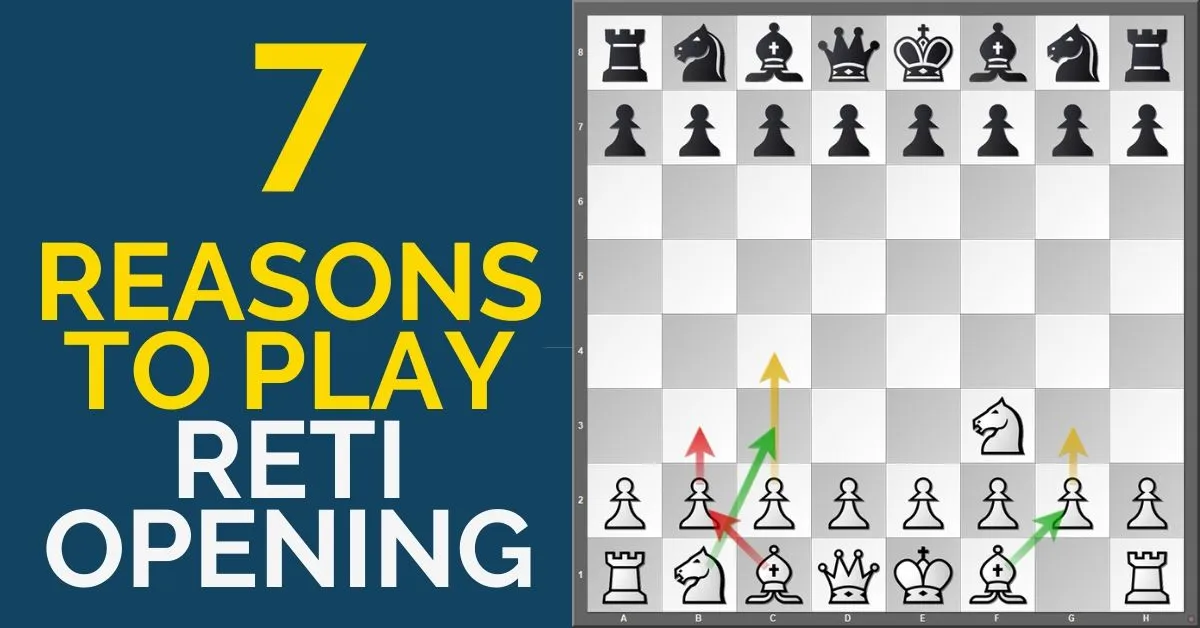





Comments: